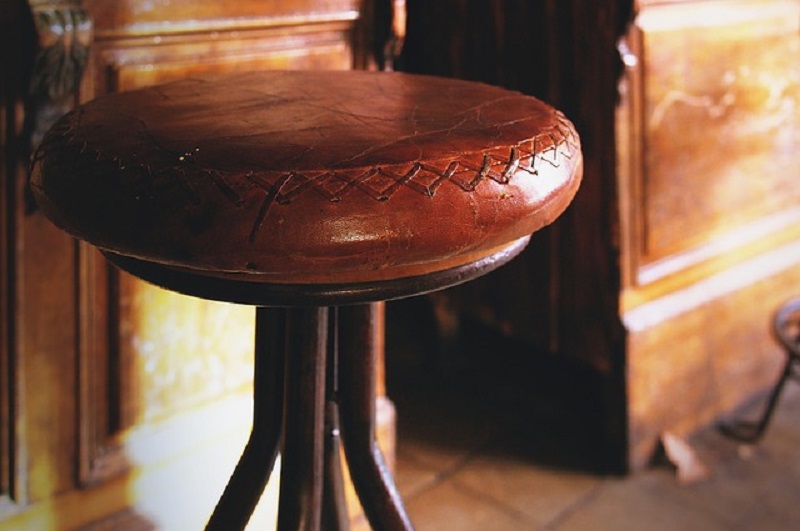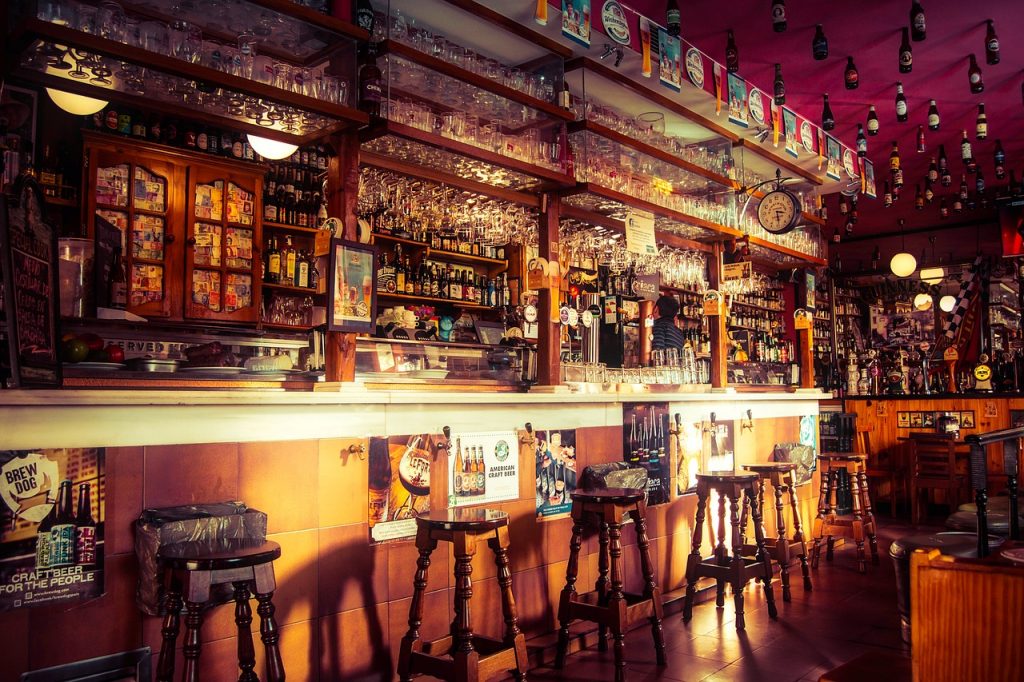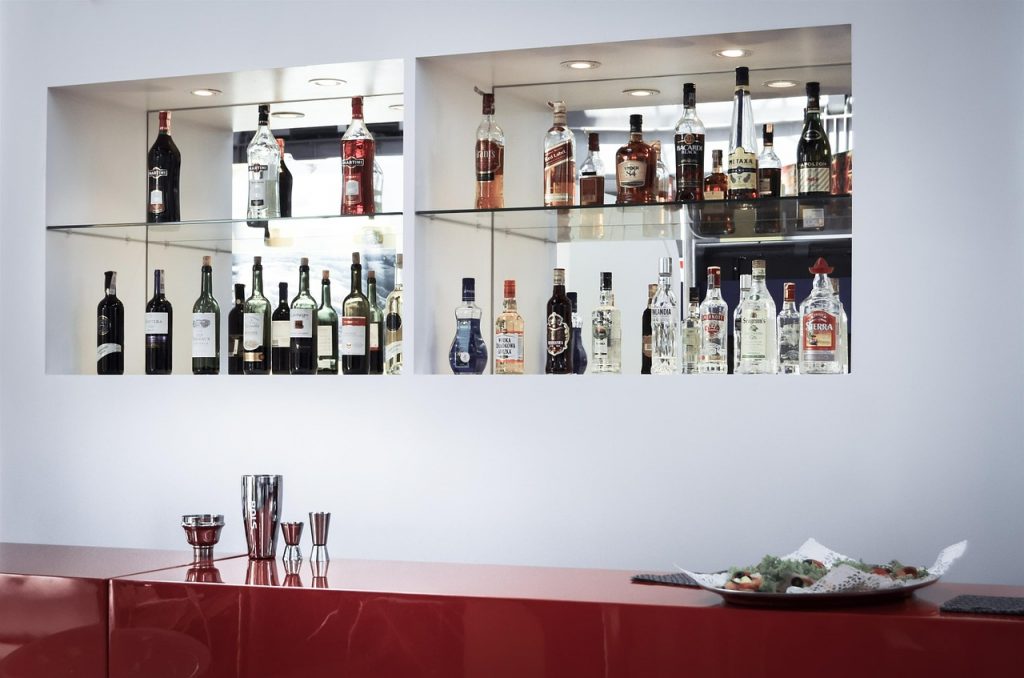
The British peoples’ relationship with pubs is changing. Approximately twenty-eight pubs close in the UK every week. But are these closures a sign that our traditional pub culture is being dismantled?
Since 2000 17% of pubs in the UK have shut down according to the British Beer & Pub Association. Tom Stainer from the Campaign for Real Ale told ABC news that: ‘The idea of having a local at the end of your terrace on the corner just doesn’t fit in with the way people live their lives now”.
Younger generations of drinkers have new tastes and are increasingly seeking new environments and experiences. Demand for artisan-style beers has gone through the roof with gin sales claimed to have reached £348 million in 2016, nearly three times the £126 million in 2009.*
There’s also a generally accepted feeling that traditional pubs don’t do enough to promote themselves beyond their typical demographic of middle-aged, white men. Whereas modern venues are more inclusive and promote diversity in their consumer base.
If there is such a disconnect then perhaps it would be more fitting to ask if new bars should be trying to replicate the atmosphere of old traditional pubs.

But with the decline of more traditional pubs there is a tangible sense of loss. For generations, local pubs have been the centre of community life. The dire prospect of life without them has even reached the point where the government now has a dedicated Community Pubs Minister.
There’s even legislation that allows people to petition for pubs to be designated as an asset of community value, which would give communities first refusal on their local pub if it ever came up for sale.
That’s because pubs aren’t just places to drink, they’re essential community services which bring people together and provide welcome meeting places to help tackle isolation—particularly in rural areas. But can newer bars also tap into this sense of community?
How to Keep the Traditional Atmosphere Alive
Newer or refurbished bars are under more pressure than ever before to stand apart from the competition by offering its customers a unique experience. This desire to be different—to be new—is usually expressed through a bar’s architecture and aesthetics.
Whereas the so-called traditional pub was essentially a multi-room establishment, modern bars tend to be more open-plan. They’re also more likely to use bespoke bar designs and newer materials—such as stainless steel bottle coolers.
But that doesn’t mean newer bars should regress to beer-stained, sticky carpets that might hold some nostalgia for some, but are just not appealing to the vast majority of people. Newer bars can still retain the essence of everything that is positive about a traditional pub atmosphere without falling into the negative trappings of the fusty old local.

Whether modern or old, pub interiors work if they feel layered and characterful. Define what makes your space uniquely different and don’t be afraid to be creative in bringing these aspects to life visually.
Try not to focus on overly prescribed décor rules or trends. Some of the most successful modern bars—such as BrewDog’s chain—fuse wood interiors and exposed brickwork with modern design features.
If you are trying to elevate your bar’s design, be cautious not to lose the authenticity or the essence of the traditional atmosphere. It should remain welcoming and approachable. Aim to replicate in some form the range of spaces and experiences a traditional pub offered—from the communal experience of the bar to the more intimate settings of individual tables or booths.
But above all else try to be a genuine community venue. Developing meaningful links to the local community and being creative in engaging a local audience, as well as providing a comfortable space for people to gather, will always do more than interior design to create an authentic experience.
In an era dominated by the superficial and social media, give people a reason to gather as a community by organising a programme of events which celebrate local life. Live music, which historically has been such a feature of traditional pub environments, can be a really effective way to bring people together.
There’s now a greater range of bars and pubs that at any other time in history and there will always be a place for traditional pubs. However, the definition of a community pub is changing. The word pub should no longer refer to exclusively old-fashion venues, but to all spaces where communities can meet and socialise together.
*Source: bbc.co.uk

Leave a Comment
Your email address will not be published. Required fields are marked *